Home>Garden Essentials>What Does Chia Seeds Taste Like
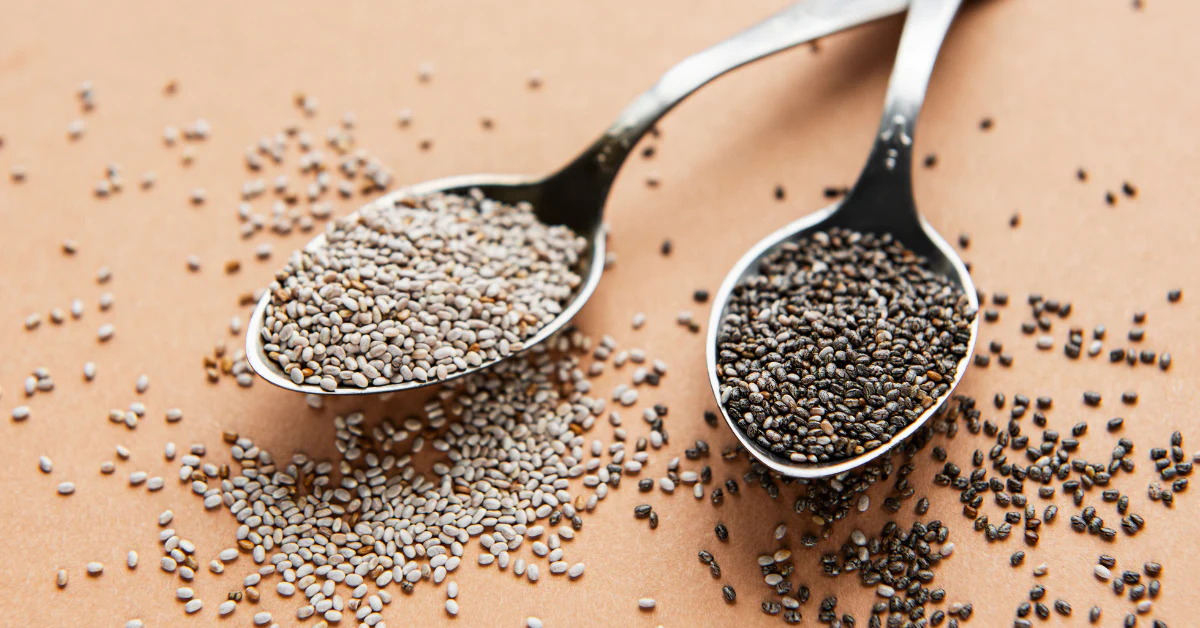

Garden Essentials
What Does Chia Seeds Taste Like
Modified: October 18, 2024
Discover the taste of garden-fresh chia seeds and add a nutritious twist to your meals. Find out what chia seeds taste like and how to incorporate them into your diet for a healthy lifestyle.
(Many of the links in this article redirect to a specific reviewed product. Your purchase of these products through affiliate links helps to generate commission for Storables.com, at no extra cost. Learn more)
Introduction
Welcome to the fascinating world of chia seeds! These tiny, nutrient-packed gems have gained increasing popularity in recent years due to their numerous health benefits and versatile culinary uses. Whether you’re a health-conscious individual looking to boost your nutrient intake or a curious foodie eager to explore new flavors and textures, chia seeds are definitely worth a try.
Chia seeds, also known by their scientific name Salvia hispanica, are native to Mexico and Guatemala, where they have been cultivated and consumed for centuries. These tiny black or white seeds were highly valued by ancient civilizations such as the Aztecs and Mayans for their exceptional nutritional properties and ability to provide sustained energy.
Chia seeds are packed with essential nutrients, including fiber, protein, healthy fats, vitamins, and minerals. They are an excellent source of omega-3 fatty acids, which are essential for heart health, brain function, and reducing inflammation in the body. Additionally, chia seeds are rich in antioxidants that help protect against cell damage and support overall well-being.
One of the remarkable qualities of chia seeds is their ability to absorb liquid and form a gelatinous substance. When mixed with water or other liquids, chia seeds swell and create a gel-like consistency. This unique property makes them a popular ingredient in various recipes, including puddings, smoothies, and baked goods.
When it comes to flavor, chia seeds have a mild, nutty taste that is often described as subtle and earthy. Unlike other seeds, such as flaxseeds, chia seeds do not have a strong or overpowering flavor. This makes them incredibly versatile as they can easily be incorporated into a wide range of dishes without drastically altering the taste.
In this article, we will dive deeper into the world of chia seeds and explore their taste, texture, culinary uses, health benefits, and potential side effects. So, if you’re curious about incorporating chia seeds into your diet or simply want to learn more about this superfood, read on!
Key Takeaways:
- Chia seeds have a mild, nutty taste and gel-like texture, making them versatile in cooking. They offer health benefits like fiber, omega-3s, and antioxidants, but should be consumed in moderation and with plenty of fluids to avoid potential side effects.
- Chia seeds are a nutritional powerhouse, rich in fiber, protein, and essential nutrients. They can be easily incorporated into various dishes, from chia pudding to smoothies and baked goods, offering both taste and health benefits.
Read more: What Does Chia Seed Pudding Taste Like
Nutritional Profile of Chia Seeds
Despite their small size, chia seeds pack a nutritional punch. They are loaded with essential nutrients that support overall health and well-being.
One of the standout features of chia seeds is their high fiber content. Just one ounce (about 28 grams) of chia seeds provides a whopping 10 grams of fiber, which is roughly one-third of the recommended daily intake for adults. Fiber is crucial for digestive health, helps regulate blood sugar levels, and promotes feelings of fullness, making it an excellent addition to a balanced diet.
Chia seeds are also an excellent source of omega-3 fatty acids, with a 28-gram serving containing approximately 4 grams of these healthy fats. Omega-3s are essential for heart health, reducing inflammation, and supporting brain function. They are classified as “essential” because our bodies cannot produce them, so we must obtain them through our diet.
In addition to fiber and omega-3 fatty acids, chia seeds are a good source of plant-based protein. A 28-gram serving provides around 4 grams of protein, making them a suitable option for vegetarians and vegans who may be looking to increase their protein intake.
Chia seeds are also rich in vitamins and minerals. They are a good source of calcium, providing approximately 18% of the recommended daily intake in a 28-gram serving. Calcium is essential for bone health, muscle function, and nerve transmission. Additionally, chia seeds contain significant amounts of magnesium, phosphorus, and manganese, which play crucial roles in various bodily functions.
Furthermore, chia seeds are packed with antioxidants that help protect our cells against damage caused by free radicals. These antioxidants, such as quercetin and chlorogenic acid, have anti-inflammatory properties and contribute to overall health and disease prevention.
It’s important to note that chia seeds are also low in calories, despite their impressive nutrient profile. A 28-gram serving contains around 138 calories, making them a nutrient-dense food without significantly contributing to daily calorie intake.
Overall, chia seeds are a nutritional powerhouse, providing a wide range of essential nutrients such as fiber, omega-3 fatty acids, protein, vitamins, minerals, and antioxidants. Including chia seeds in your diet is an excellent way to boost your nutrient intake and support your overall health and well-being.
Texture and Consistency
When it comes to texture, chia seeds are unique compared to other seeds. Their distinctive gel-like consistency is one of the defining characteristics that make them so versatile in the culinary world.
Dry chia seeds have a small, round shape and a slightly crunchy texture. They may resemble poppy seeds or sesame seeds in appearance. However, their true magic lies in their ability to absorb liquid and form a gel-like substance.
When exposed to moisture, chia seeds swell and absorb liquid, creating a gelatinous coating around the seed. This gel-like texture is due to the soluble fiber called mucilage present in chia seeds. This process is often referred to as “gel formation.”
The gel formed by chia seeds is quite unique and can be thick and viscous, similar to tapioca pudding or jelly. This characteristic makes chia seeds a popular ingredient in various recipes, especially for those seeking to create thickened or pudding-like textures without using dairy or artificial thickeners.
When consuming chia seeds, this gel-like texture can be both enjoyable and functional. The gel coating acts as a binding agent and helps to retain moisture in baked goods. For example, you may find that adding chia seeds to your homemade muffins can result in a moister and more tender texture.
Furthermore, the gel-like consistency of chia seeds can be utilized in creating healthy and delicious chia pudding. By soaking chia seeds in liquid, such as milk or yogurt, and allowing them to absorb the liquid, you can create a creamy and satisfying pudding-like texture. This can be enhanced by adding toppings like fruits, nuts, or granola to add crunch and variety to the dish.
When using chia seeds in recipes or as a thickener, it’s important to keep in mind the ratio of seeds to liquid. A common guideline is to use around 1 tablespoon of chia seeds to 3 tablespoons of liquid. However, you can adjust this ratio according to your desired consistency, whether you prefer a thicker or thinner texture.
Overall, the texture and consistency of chia seeds are truly fascinating. Their unique gel-like properties make them a valuable ingredient in recipes, offering versatility, moisture retention, and the ability to create delightfully creamy and thick textures.
Flavor Profile
When it comes to flavor, chia seeds have a mild and subtle taste that is often described as nutty or earthy. Unlike some other seeds, such as flaxseeds or hemp seeds, chia seeds do not have a strong or overpowering flavor. This makes them incredibly versatile and allows them to be incorporated into a wide variety of dishes without significantly altering the taste.
The mild flavor of chia seeds allows them to blend seamlessly with both sweet and savory dishes. They act as a neutral base, allowing other flavors to shine while adding a slight nuttiness to the overall taste. This makes chia seeds an excellent choice for those who prefer a more subtle and balanced flavor profile.
When consumed dry, chia seeds have a slightly crunchy texture and can be sprinkled over dishes like salads, yogurt, or oatmeal to add a subtle crunch. However, it’s important to note that chia seeds, unlike some other seeds, do not require grinding or crushing to unlock their nutritional benefits. They can be consumed whole, making them an incredibly convenient and accessible addition to your diet.
Chia seeds also have the unique ability to absorb liquid and develop a gel-like texture. When mixed with water or other liquids, chia seeds become soft and create a gelatinous coating. This gel formation provides a different mouthfeel and can add a layer of richness to recipes like puddings or smoothies.
The versatility of chia seeds’ flavor allows them to be used in a wide range of recipes. They can be incorporated into baked goods like bread or muffins, blended into smoothies, or added to dressings and sauces for an extra nutritional boost. Chia seeds can also be used as an egg substitute in vegan baking, as the gel formed by the seeds can act as a binder in recipes.
Due to their mild taste and unique texture, chia seeds can be enjoyed by people of all ages and varying palates. They offer a non-intrusive addition to meals and can be easily incorporated into your favorite dishes without overpowering the overall flavor profile.
Overall, the flavor profile of chia seeds is mild, nutty, and earthy. It’s this balanced taste that makes them an incredibly versatile and enjoyable addition to a wide variety of recipes, providing not only taste but also a wealth of nutritional benefits.
Cooking and Eating Chia Seeds
Cooking and eating chia seeds is incredibly easy and versatile. These tiny seeds can be incorporated into a wide range of dishes, from breakfast to dinner, and add a nutritional boost to your meals. Here are some popular ways to enjoy chia seeds:
1. Soaking Chia Seeds: One of the most common ways to consume chia seeds is by soaking them in liquid. Chia seeds have the unique ability to absorb liquid and create a gel-like texture. To make chia pudding, simply mix chia seeds with your choice of liquid (such as milk or plant-based alternatives) and let it sit for a few hours or overnight. You can customize your chia pudding with flavors like vanilla, cocoa, or fruit, and top it with nuts, seeds, or fresh berries for added texture and taste.
2. Adding to Smoothies: Chia seeds are a great addition to smoothies, as they provide a nutritional boost and add thickness. You can sprinkle a tablespoon of chia seeds into your favorite smoothie recipe and blend it all together. The chia seeds will help to create a thicker and more satisfying smoothie, while also contributing their mild nutty flavor.
3. Baking with Chia Seeds: Chia seeds can be added to your favorite baked goods, such as bread, muffins, or cookies. They can be used as a substitute for eggs in vegan baking, as the gel formed by soaked chia seeds acts as a binder. To use chia seeds as an egg substitute, mix 1 tablespoon of chia seeds with 3 tablespoons of water and let it sit for a few minutes until it forms a gel-like consistency. Then, use it as you would an egg in your recipe.
4. Sprinkling on Yogurt or Oatmeal: For a nutritious and crunchy topping, sprinkle chia seeds on your yogurt or oatmeal. This adds a nice texture and a boost of fiber, omega-3 fatty acids, and other essential nutrients. You can also mix chia seeds into your granola or breakfast cereals for added crunch and nutritional benefits.
5. Thicken Sauces and Dressings: Chia seeds can be used to thicken sauces and dressings without relying on flour or cornstarch. By adding a small amount of chia seeds to your sauce or dressing and letting it sit for a few minutes, you can achieve a thicker consistency. This works well for homemade salad dressings, gravies, or even marinades.
When it comes to consuming chia seeds, it’s important to note that they expand when they come into contact with liquid. So, be sure to drink plenty of water when consuming chia seeds to prevent any discomfort or digestive issues from the increased fiber intake.
Overall, chia seeds are incredibly versatile and can be enjoyed in various ways. From soaking them to create chia pudding to adding them to baked goods, smoothies, or even as a thickening agent in sauces, the possibilities are endless. Experiment with different recipes and find creative ways to incorporate these nutrient-packed seeds into your meals.
Chia seeds have a mild, nutty flavor and a crunchy texture when eaten dry. When soaked, they become gelatinous and can take on the flavor of the liquid they are soaked in. Try adding them to smoothies, yogurt, or oatmeal for a nutritious boost.
Read more: What Does Fenugreek Seeds Taste Like
Chia Seeds in Different Recipes
Chia seeds are incredibly versatile and can be incorporated into a wide range of recipes, adding a nutritious boost and enhancing the overall texture and flavor. Here are some ideas for using chia seeds in different dishes:
1. Chia Pudding: Chia pudding is a classic way to enjoy the unique texture of chia seeds. Mix chia seeds with your choice of liquid, such as almond milk or coconut milk, and let it sit for a few hours or overnight until it thickens into a pudding-like consistency. You can flavor your chia pudding with ingredients like vanilla extract, cocoa powder, or even matcha powder. Top it with fresh berries, nuts, or granola for added flavor and texture.
2. Smoothies: Add a tablespoon or two of chia seeds to your favorite smoothie recipe to boost its nutritional content. The chia seeds will help thicken the smoothie and provide an added dose of fiber and omega-3 fatty acids. Blend them well to incorporate them evenly into the smoothie.
3. Baked Goods: Chia seeds can be incorporated into baked goods like bread, muffins, and cookies. Add them to the batter or dough during the mixing process to add texture and nutritional value. You can also use soaked chia seeds as an egg substitute in vegan baking, as the gel-like texture helps bind ingredients together.
4. Overnight Oats: Chia seeds make a great addition to overnight oats, providing added texture and nutritional benefits. Mix them with oats, milk (or your choice of liquid), and your favorite toppings or flavorings, and let them sit in the refrigerator overnight. By morning, you’ll have a delicious and nutritious breakfast waiting for you.
5. Energy Balls: Chia seeds can be incorporated into energy balls or protein bars to provide an extra boost of nutrients. Blend dates, nuts, and other ingredients of your choice in a food processor, then mix in chia seeds for added texture and nutrition. Roll the mixture into balls or shape it into bars, and refrigerate until firm.
6. Salad Toppings: Sprinkle chia seeds over salads to add a crunchy texture and boost the nutritional content. They can be used in addition to other seeds like sunflower seeds or sesame seeds for added variety. Be sure to toss the salad well to distribute the chia seeds evenly.
7. Homemade Jam or Jelly: Chia seeds can be used to make quick and easy homemade jams or jellies. Mix mashed berries or fruits of your choice with chia seeds and a sweetener, then let the mixture sit for a while until it thickens. This creates a delicious and nutrient-packed spread that can be used on toast, yogurt, or as a filling for baked goods.
These are just a few examples of how you can incorporate chia seeds into different recipes. Get creative and experiment with your own ideas, whether it’s adding chia seeds to soups, stews, or even making chia seed crackers. The possibilities are endless, and chia seeds can be a fun and nutritious addition to your culinary adventures.
Health Benefits of Chia Seeds
Chia seeds are not only delicious but also offer numerous health benefits. These tiny seeds are a powerhouse of nutrients and can support various aspects of your well-being. Here are some of the health benefits associated with consuming chia seeds:
1. Rich in Nutrients: Chia seeds are loaded with essential nutrients, including fiber, protein, healthy fats, vitamins, and minerals. They are an excellent source of fiber, supporting digestion and promoting feelings of fullness. Chia seeds are also packed with omega-3 fatty acids, which are beneficial for heart health, brain function, and reducing inflammation.
2. Antioxidant Power: Chia seeds are rich in antioxidants, which help fight free radicals and protect the body’s cells from damage. Antioxidants play a crucial role in reducing the risk of chronic diseases, such as heart disease and certain types of cancer.
3. Blood Sugar Control: Chia seeds have a high fiber content, which may help regulate blood sugar levels. The soluble fiber in chia seeds slows down the digestion process, preventing blood sugar spikes and promoting stable energy levels. This can be particularly beneficial for individuals with diabetes or those looking to manage their blood sugar levels.
4. Heart Health: The omega-3 fatty acids found in chia seeds contribute to heart health by reducing inflammation, supporting healthy cholesterol levels, and improving overall cardiovascular function. Including chia seeds in your diet may help lower the risk of heart disease and improve heart health.
5. Bone Health: Chia seeds are an excellent source of calcium, phosphorus, and magnesium, all of which are essential for bone health. These minerals contribute to maintaining strong bones and preventing conditions such as osteoporosis.
6. Weight Management: Due to their high fiber and protein content, chia seeds can promote satiety and help with weight management. The fiber in chia seeds absorbs water and expands in the stomach, which can help control hunger and prevent overeating. Additionally, the combination of fiber and protein promotes feelings of fullness and can reduce calorie intake.
7. Digestive Health: The fiber in chia seeds supports a healthy digestive system by promoting regular bowel movements and preventing constipation. Adequate fiber intake is crucial for maintaining optimal digestive health and preventing digestive disorders.
It’s important to note that while chia seeds can offer these health benefits, they should be consumed as part of a balanced diet. They should not replace other nutrient-rich foods, but rather complement them for overall well-being.
As with any dietary changes, it’s always a good idea to consult with a healthcare professional if you have specific health concerns or questions about incorporating chia seeds into your diet.
Incorporating chia seeds into your daily routine can be a simple and delicious way to boost your nutrient intake and support your overall health and well-being. Whether you sprinkle them on your morning yogurt, blend them into smoothies, or mix them into baked goods, the health benefits of chia seeds make them a valuable addition to a healthy lifestyle.
Potential Side Effects of Chia Seeds
While chia seeds offer numerous health benefits, it’s important to be aware of potential side effects that may occur, especially when consumed in excess. Here are some considerations regarding the potential side effects of chia seeds:
1. Digestive Issues: Chia seeds are high in fiber, which can promote healthy digestion. However, consuming a large amount of chia seeds without sufficient fluid intake can lead to digestive discomfort, such as bloating, gas, or constipation. To avoid these issues, it’s essential to drink plenty of water when consuming chia seeds to help the fiber move through the digestive system more easily.
2. Allergies: Although rare, some individuals may have an allergic reaction to chia seeds. Symptoms can include itching, hives, or swelling. If you experience any allergic reactions after consuming chia seeds, it’s important to stop consuming them and seek medical attention if necessary.
3. Medication Interactions: Chia seeds may interact with certain medications, particularly blood thinners. Chia seeds contain omega-3 fatty acids, which have natural blood-thinning properties. If you are taking any medications that affect blood clotting or have been advised to limit your intake of blood-thinning foods, it’s important to consult with a healthcare professional before incorporating chia seeds into your diet.
4. Weight Gain: Although chia seeds can help with weight management due to their fiber and protein content, consuming them excessively without considering overall calorie intake can contribute to weight gain. Chia seeds are nutrient-dense and contain calories, so it’s important to consume them in moderation as part of a balanced diet.
5. Eating Dry Chia Seeds: Dry chia seeds can absorb liquid and expand in the digestive tract, potentially causing discomfort or obstruction if consumed without adequate hydration. It’s advisable to soak chia seeds in liquid or consume them with plenty of fluids to prevent any issues.
It’s essential to listen to your body and make adjustments based on your own tolerance and needs. If you’re new to consuming chia seeds, start with a smaller amount and gradually increase intake to gauge your body’s response.
As always, it’s recommended to consult with a healthcare professional or registered dietitian before making significant changes to your diet, especially if you have any underlying health conditions or concerns.
While the side effects of chia seeds are generally minimal, it’s important to be mindful of these potential issues and consume them in moderation as part of a well-balanced diet to fully enjoy the health benefits they have to offer.
Conclusion
In conclusion, chia seeds are a nutritional powerhouse that offer a wide array of health benefits. These tiny seeds are rich in fiber, omega-3 fatty acids, protein, vitamins, minerals, and antioxidants. Incorporating chia seeds into your diet can support digestion, heart health, weight management, bone health, and more.
Chia seeds have a mild, nutty taste and a unique gel-like texture when mixed with liquid. This makes them incredibly versatile in the kitchen, allowing you to create chia puddings, add them to smoothies, bake with them, and even thicken sauces and dressings. Their subtle flavor and impressive nutrient profile make them a fantastic addition to a wide variety of recipes.
While there are potential side effects to be mindful of, such as digestive issues or allergies, these can typically be avoided by consuming chia seeds in moderation and with sufficient fluid intake. It’s always wise to consult with a healthcare professional if you have any concerns or if you’re taking medications that may interact with chia seeds.
Overall, chia seeds are a fantastic superfood that can truly elevate your health and culinary experiences. They offer a natural and nutrient-dense way to enhance your meals and provide a wide range of health benefits. So, go ahead and sprinkle some chia seeds onto your yogurt, blend them into your smoothies, or experiment with them in your baking. Your taste buds and your body will thank you for it.
Remember, chia seeds are just one component of a healthy and balanced diet. It’s important to incorporate a variety of nutrient-rich foods, along with regular exercise and a balanced lifestyle, to achieve optimal overall well-being.
Frequently Asked Questions about What Does Chia Seeds Taste Like
Was this page helpful?
At Storables.com, we guarantee accurate and reliable information. Our content, validated by Expert Board Contributors, is crafted following stringent Editorial Policies. We're committed to providing you with well-researched, expert-backed insights for all your informational needs.
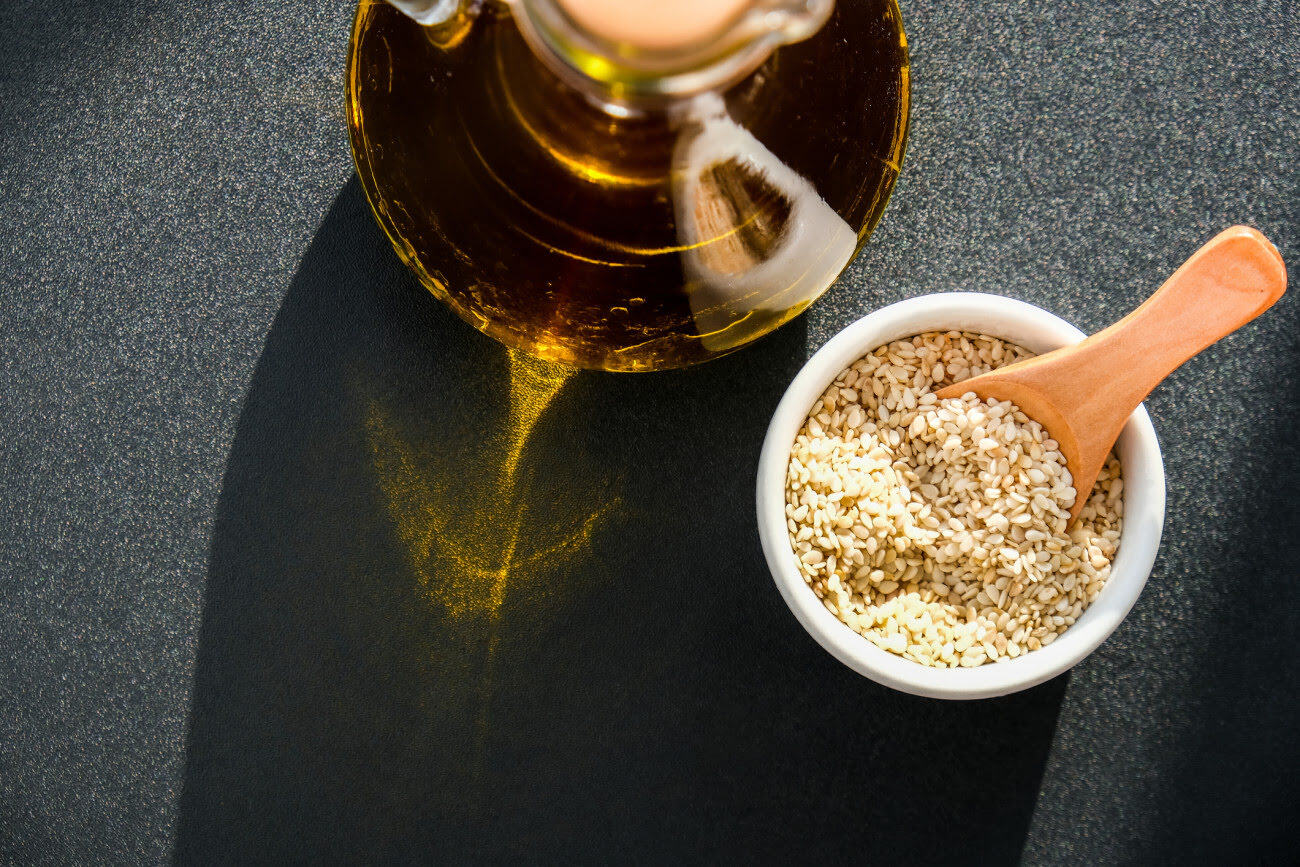
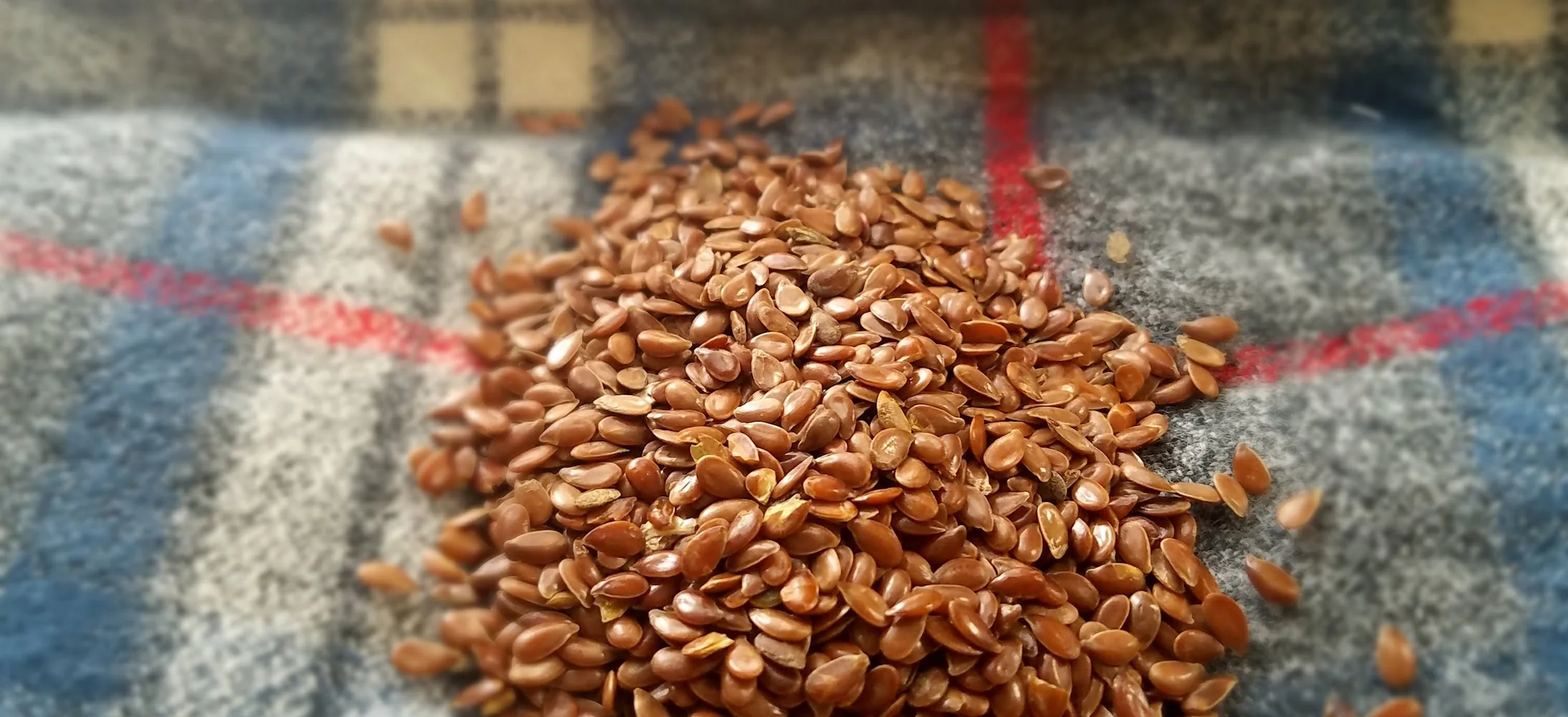
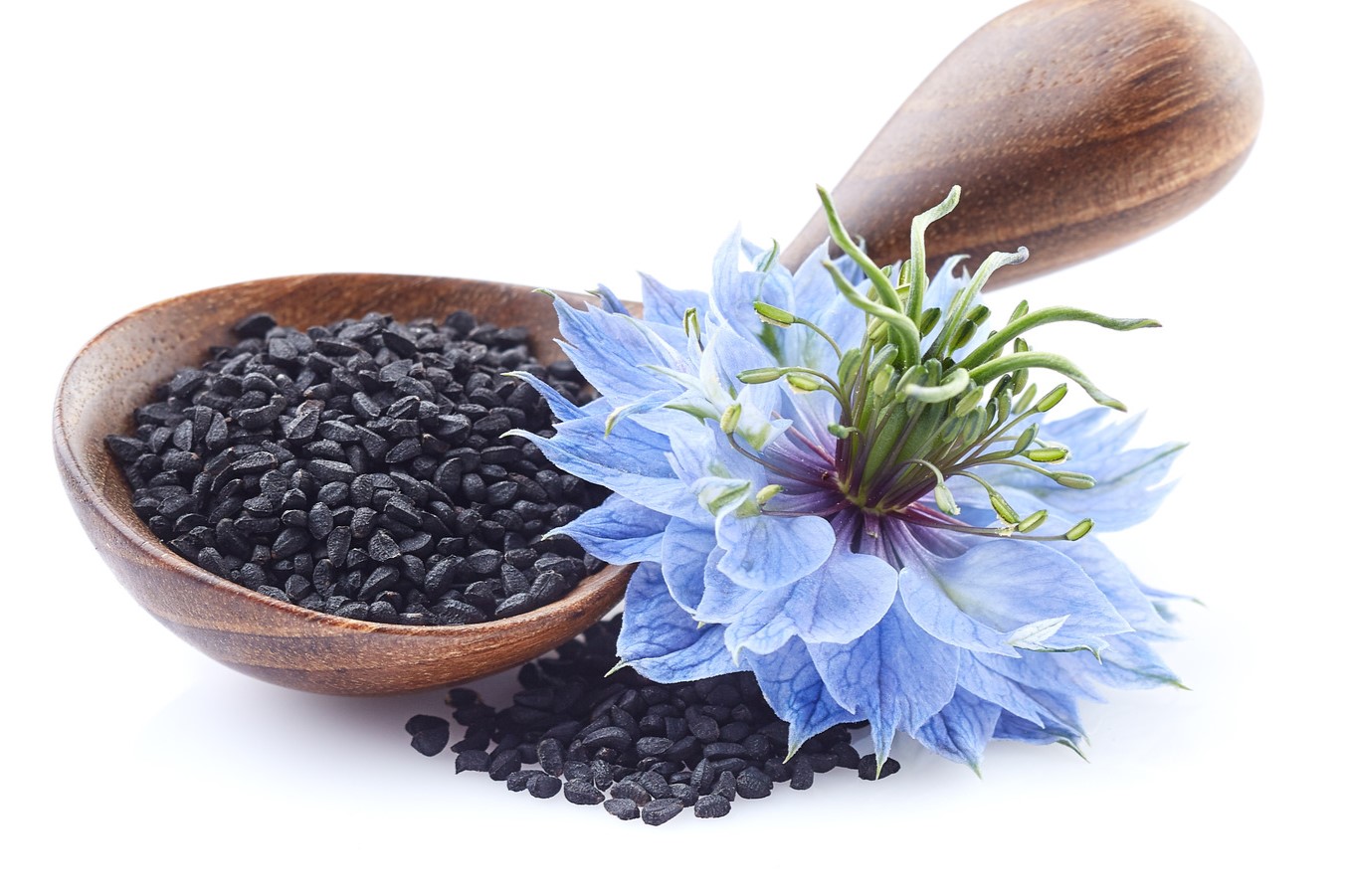
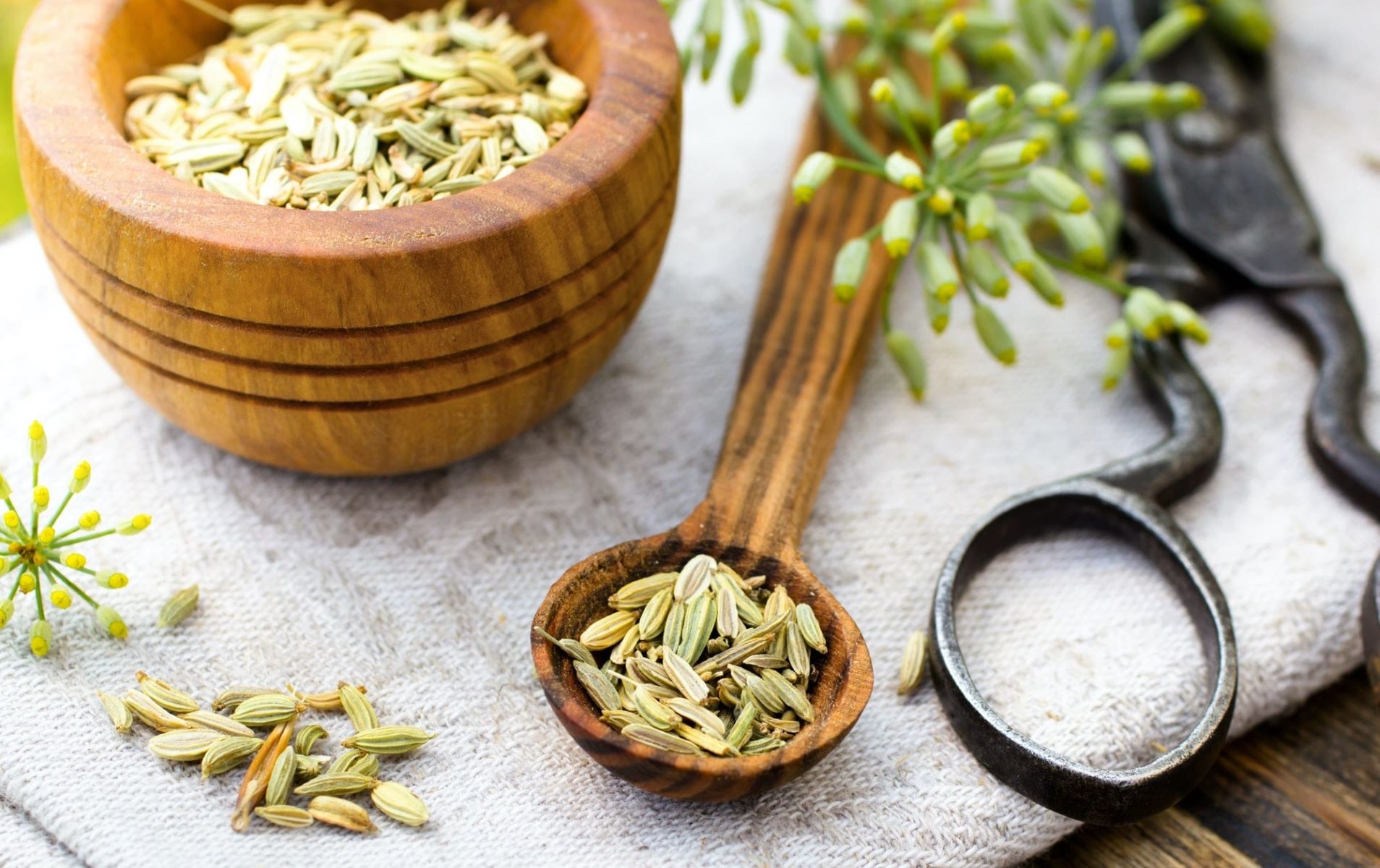
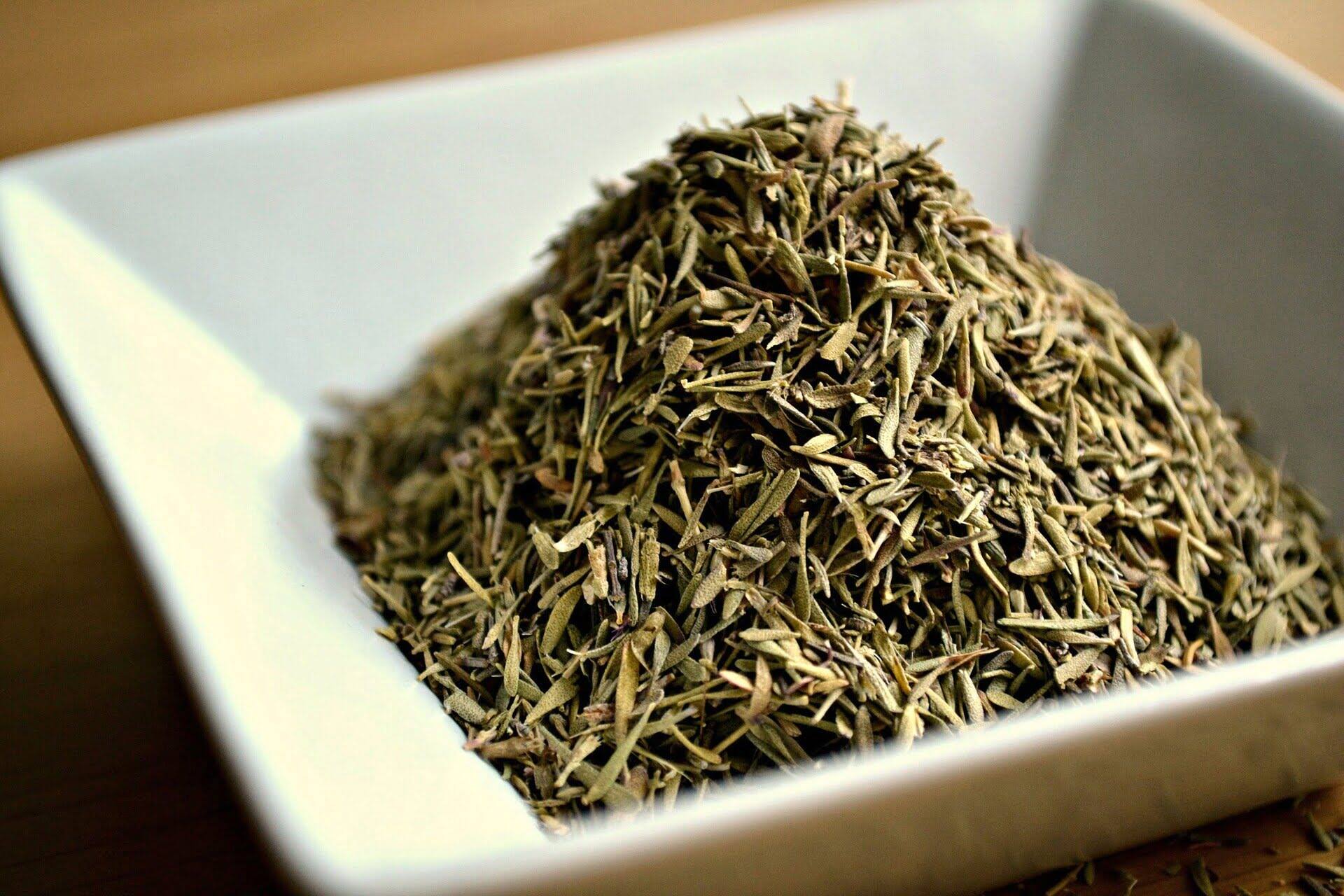
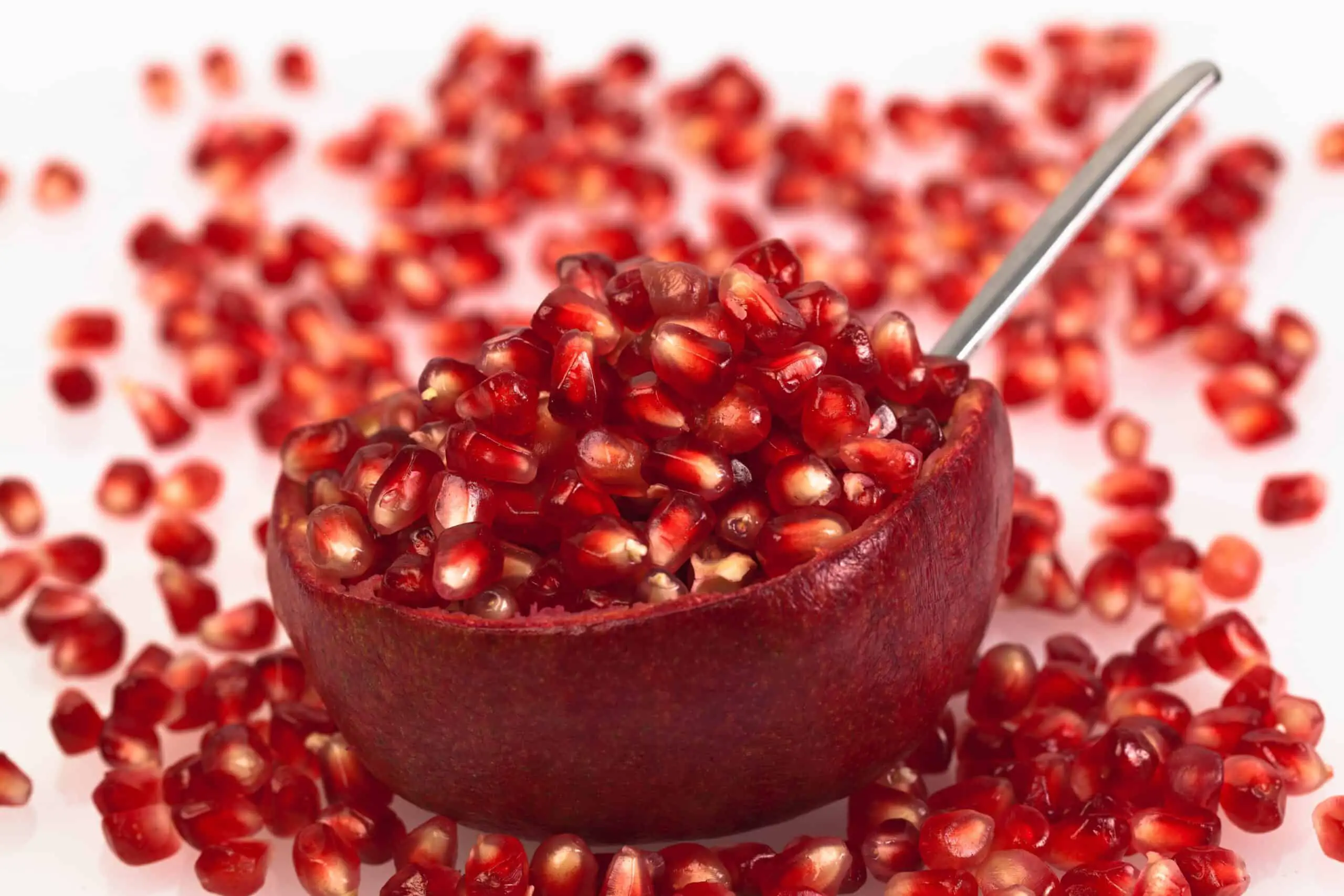

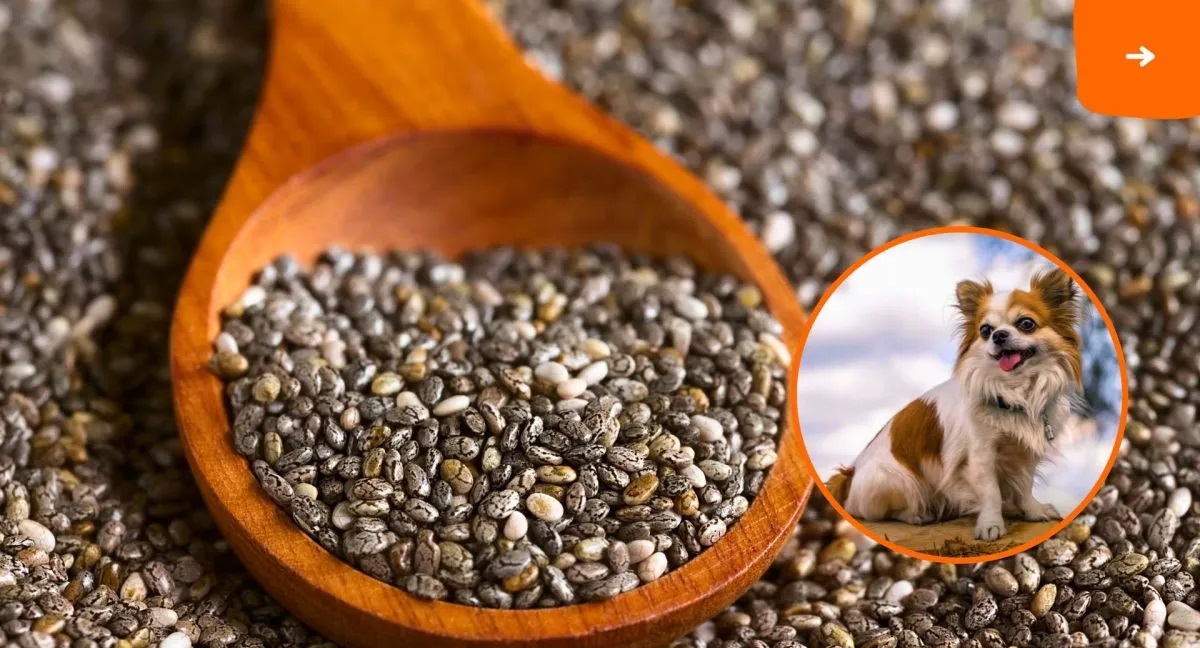

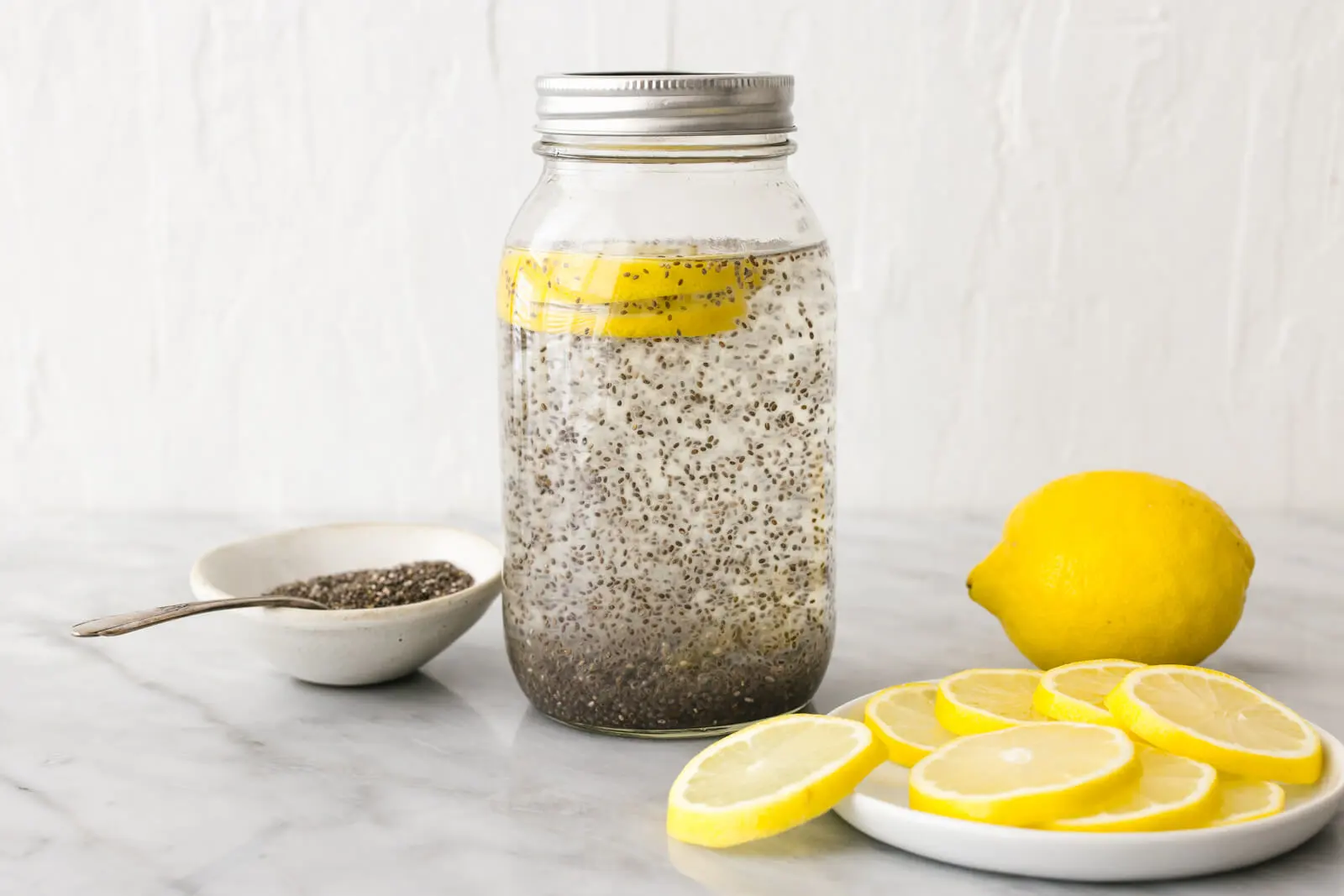


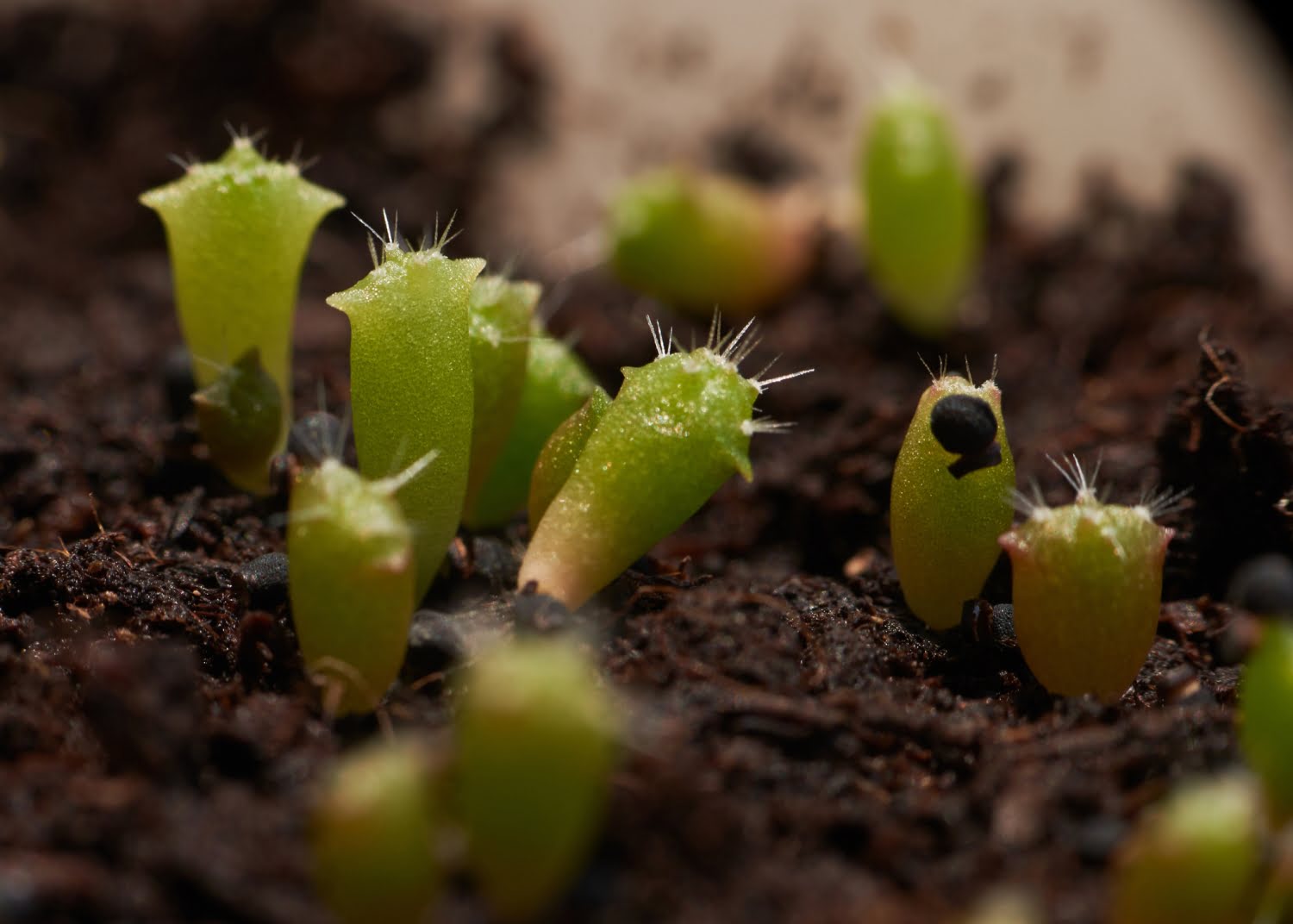
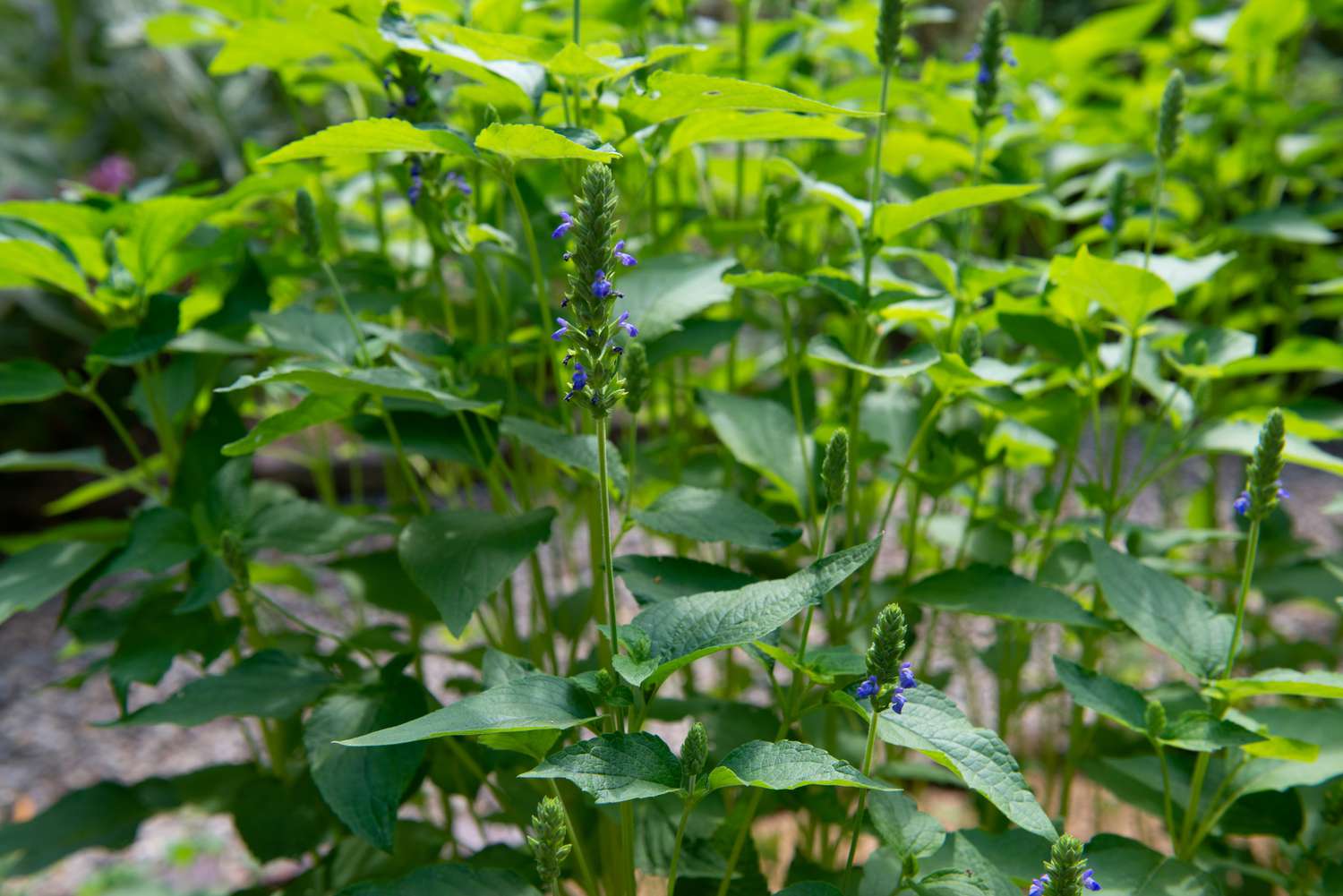

0 thoughts on “What Does Chia Seeds Taste Like”